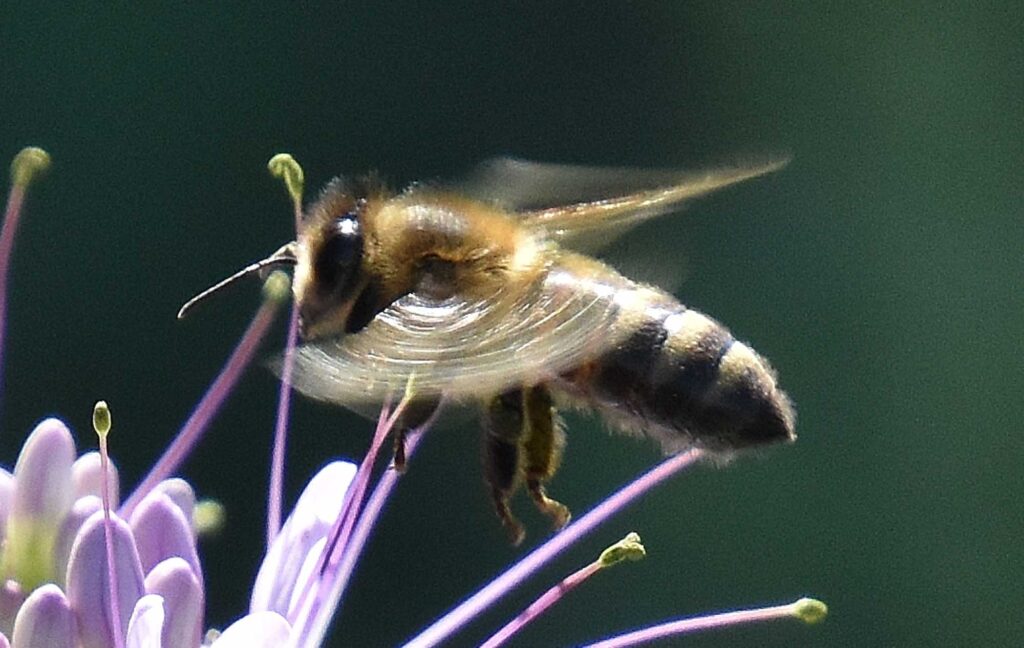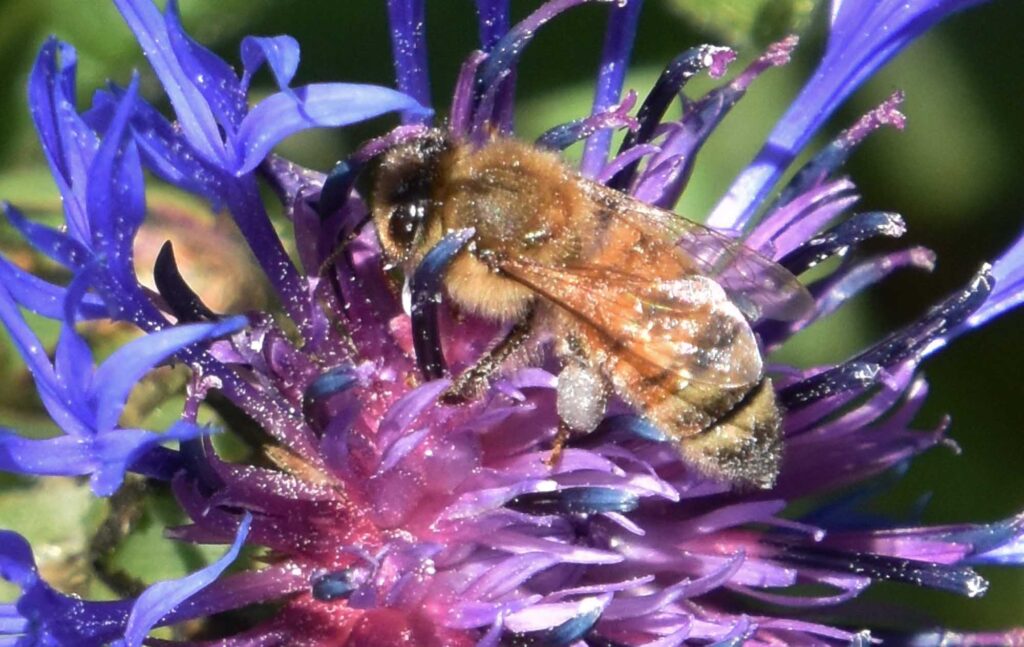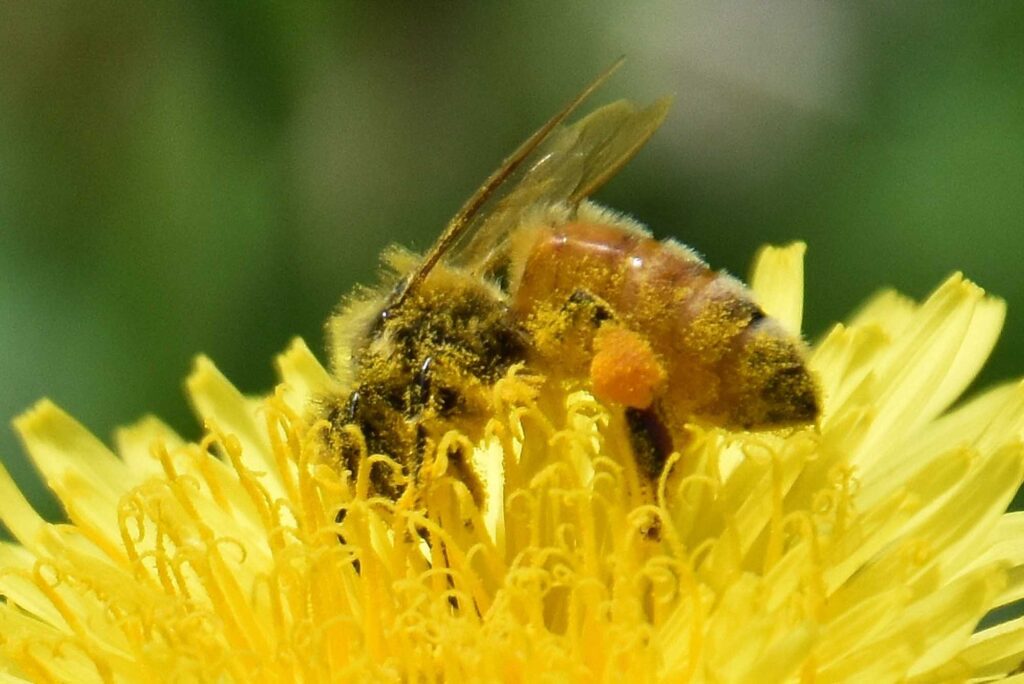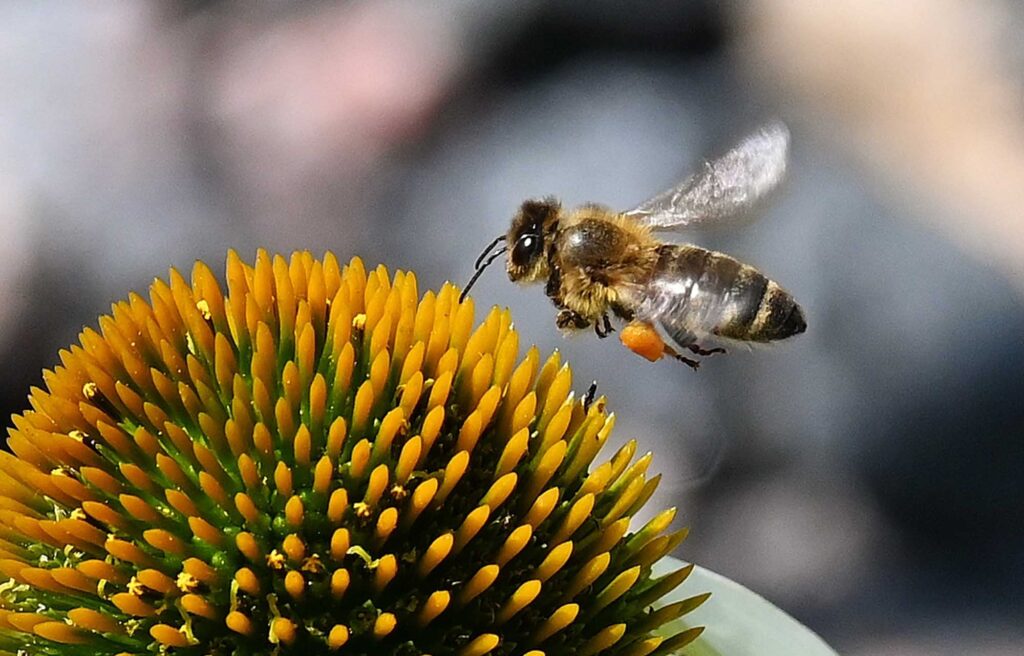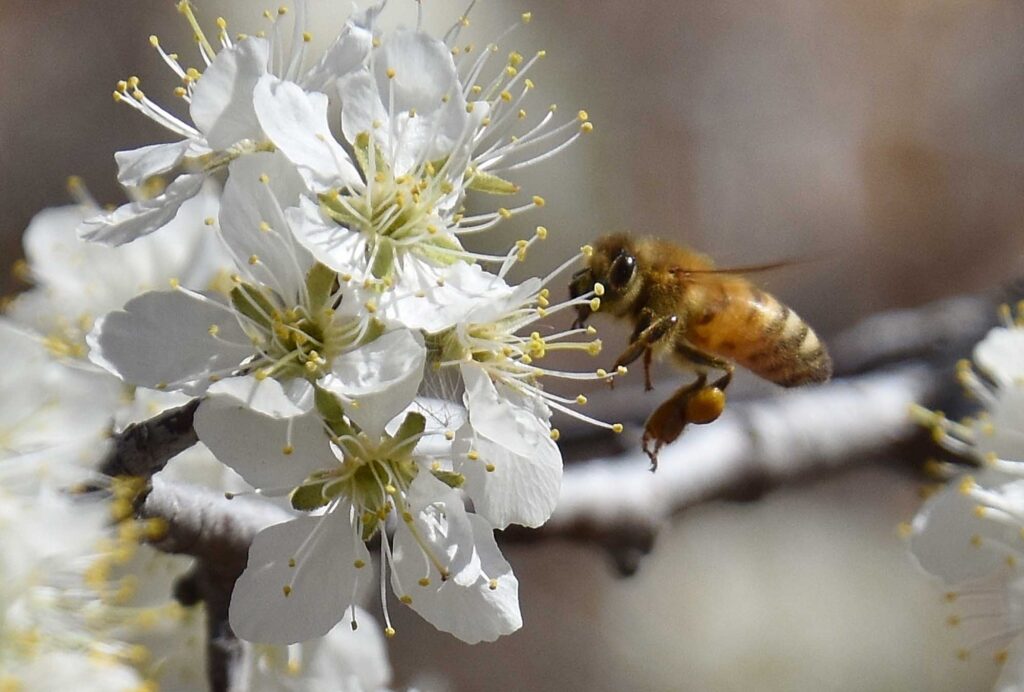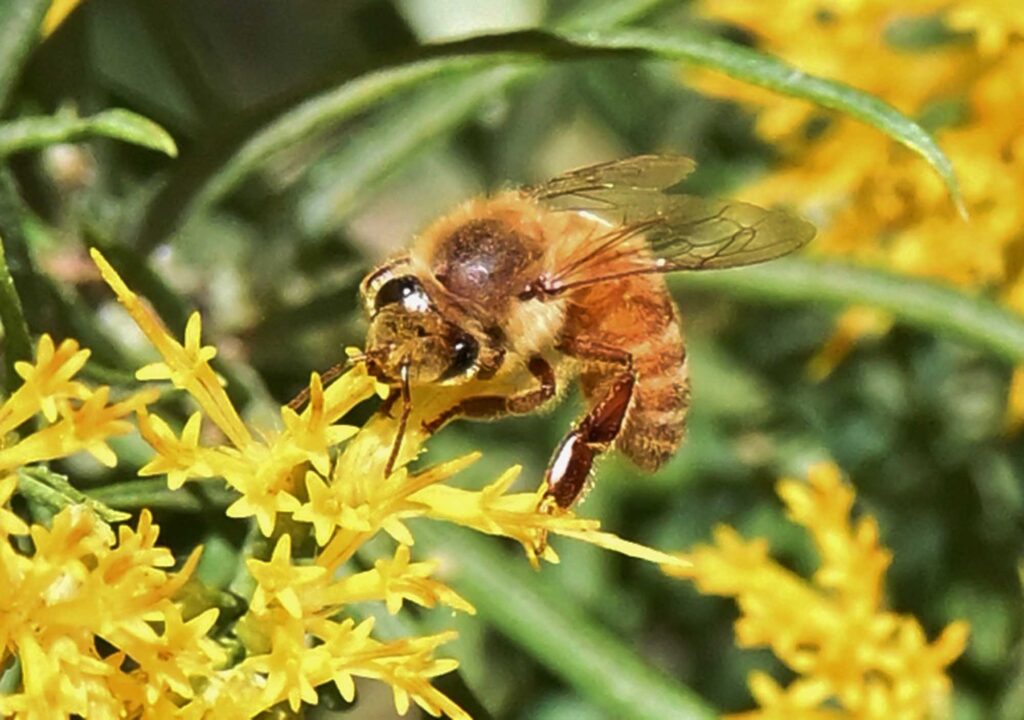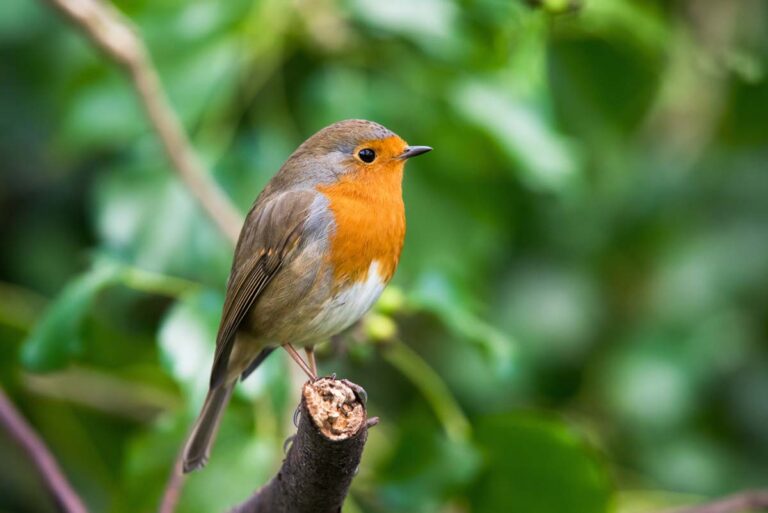Welcome to spring, nature lovers. Ken Hall here — normally known as the bird nut — but today I’m not talking birds, rather, the bees. Honeybees to be exact.
April and May are big months for the Honeybee. Coming out of the hive hungry and looking for the first blooms of spring.
The Clear Creek Valley is a great source of early flowers. The park’s folks have done a wonderful job of propagating flower beds at various locations throughout the greenbelt in addition to the abundance of wildflowers that exist. Holdover fruit trees still grow from the old Fruitdale Valley, when the area was predominantly agricultural. Apple trees, plum trees, chokecherries, and various other berries will be a great source of pollen and nectar for the hungry bees.
I absolutely love photographing bees. It’s a tremendous challenge to get into their world, but I never realized just how little I know about honeybees.
In Colorado we have more than 900 species of bees. But honeybees are not native to North America. Our Honey Bees are European honeybees, introduced to the Virginia colony in 1622. They have done a wonderful job spreading across the country, and though most hives are in a controlled, managed environment, wild, or rogue hives do occur.
Bee colonies are a caste system made up of three castes. A typical hive will have 20-60,000 bees, all assigned to their own caste compartments. An egg laying queen, male drones, and non-reproductive female worker bees. So the bees we see buzzing about our flower beds are all females.
A queen’s only job after one mating flight is to lay eggs. Lots of eggs, up to 2,000 per day. She has the ability to predetermine the sex of her offspring. Laying an unfertilized egg creates a male drone. A fertilized egg creates a female worker, or queens in waiting. A queen can live up to five years, but as her egg laying abilities taper off, a new queen will be brought out to take over. As a new queen matures she will leave the hive for the only time of her life, mating with several drones before returning to the hive. The males will die shortly after mating. Drones will also seek out rogue queens to begin new colonies. There is a constant age rotation within the hive.
Now for our little honey-giving worker bees. As stated, all are non-egg-laying females. They have an exceptionally busy schedule in their short four-to-six week lifespan. The first couple weeks are spent within the hive, protecting it and building new comb, transferring food from outside workers, removing dead bees and basic house cleaning. Another important part of their early life is ventilating the hive. A constant vibrating movement of their wings creates air flow, cooling the hive by summer and warming the queen by winter. The last half of their lives they graduate to collecting nectar and pollen.
There is so much more to these amazing little creatures. Hopefully this will cause a bit more appreciation of that tablespoon of sweet honey. Honey Bees need our help. With so much habitat loss they are diminishing in numbers.
We can help. Talk to your local garden centers, plant bee happy flowers, space out the blossoming times so they will have food all summer and fall. Don’t spray or dust insecticides. We need them and they need us.
Happy bee-ing. See you on the trails.
